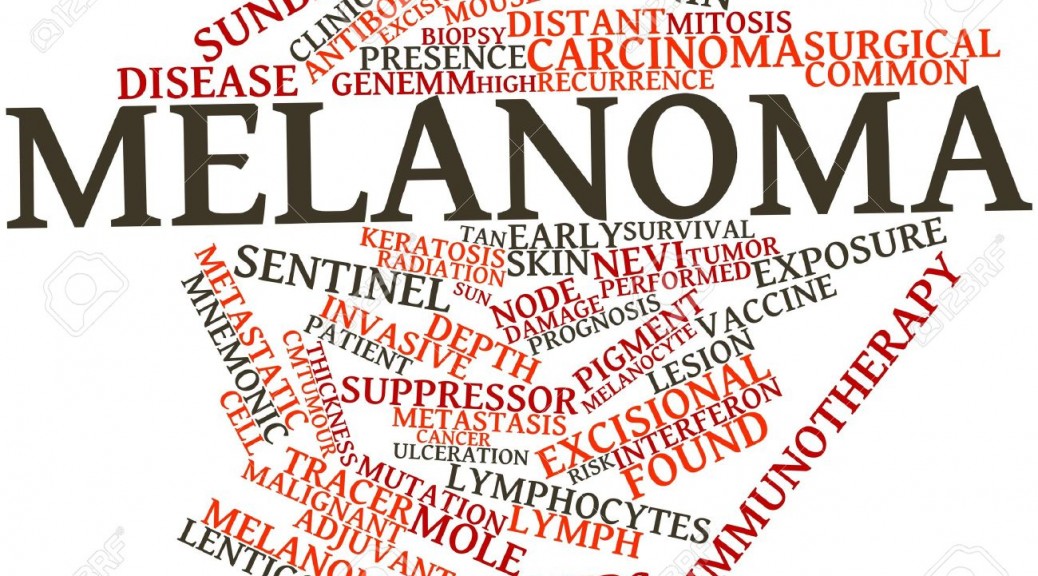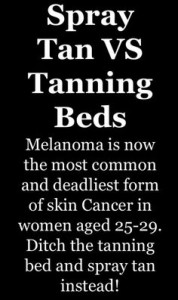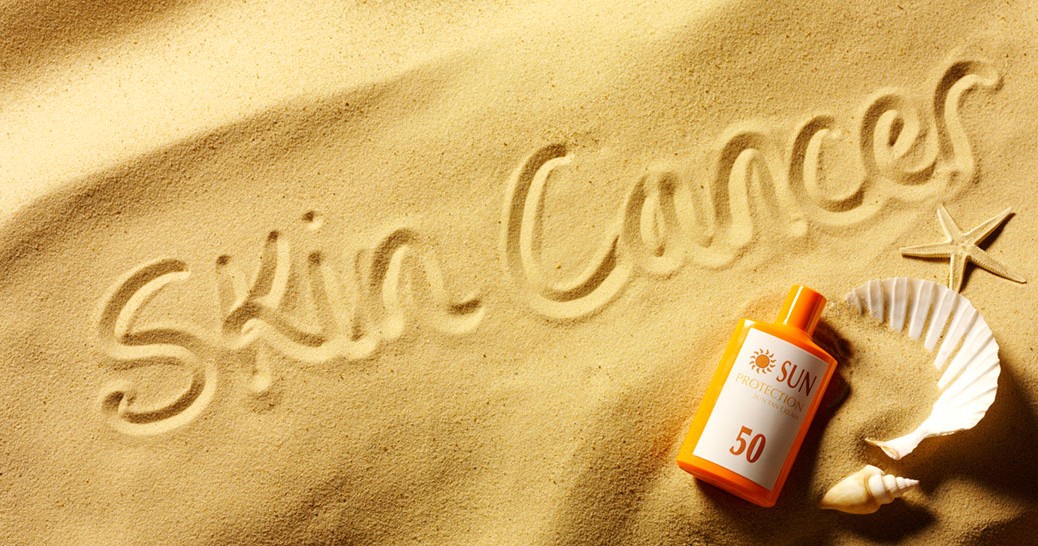Water can be hazardous to a fresh spray tan. You should avoid water as much as possible, for the first 8-10 hours after your tan to assure your skin maintains that golden glow. This includes hand washing dishes (can I get an amen?)
If you do get watermarks or lightening due to exposure to water, you can apply or use a little of tanner or lotion to correct the blemish. Be careful to only apply it to the affected spot you are trying to correct. For example; if you have washed dishes and your hands fade, you will not be applying more tanner to your entire arm, just your hands. But, be very careful in applying the tanner because it may worsen the damage. Your skin might become dark if you apply too much of the tanner on already tanned areas.
Even perspiring can be a problem for your spray tan, be sure to keep yourself cool and dry. Working out, yard work, even heavy house cleaning is not recommended in the immediate hours after your tan is applied. If it is going to make you sweat, just let it go for a day, it will still be there tomorrow. Just relax and let the tan set.
Maintenance for your Spray Tan.
After the first 8-10 hours or so, you can start maintaining your golden glow. You can take a quick shower using mild soap and warm water only.
Shave as little as possible. Shaving may take off your top layer of skin that is holding the tanning solution. A little tip is to use hair conditioner to shave with instead of soap or shaving cream along with a sharp new blade. This is why exfoliating before getting a spray tan is so important.
When getting out of the shower, do not rub your skin with the towel, pat yourself dry. This also applies to washing your face, hands…pat dry!
To keep your skin soft you should apply a good, preferably natural, skin moisturizer after every shower and as needed during the day. A moisturizer with at least 3% DHA additive will help you keep your color intact longer. DHA is an ingredient that is in the tanning solution and great for your skin.
Avoid wearing tight clothing that will rub your skin. You could see fading in certain areas where your clothes are rubbing. Color on your skin maybe different than other people because each person’s skin is different, these are just some general tips to help you keep that color you desire during the week or so that your spray tan will last. If you have any more questions don’t hesitate to ask your tanning artist during your appointment.












